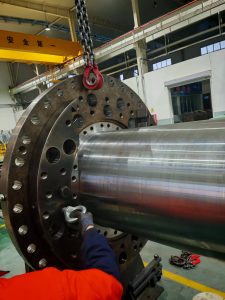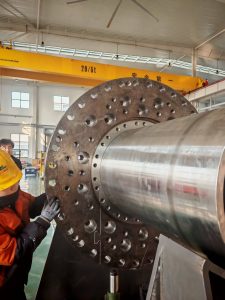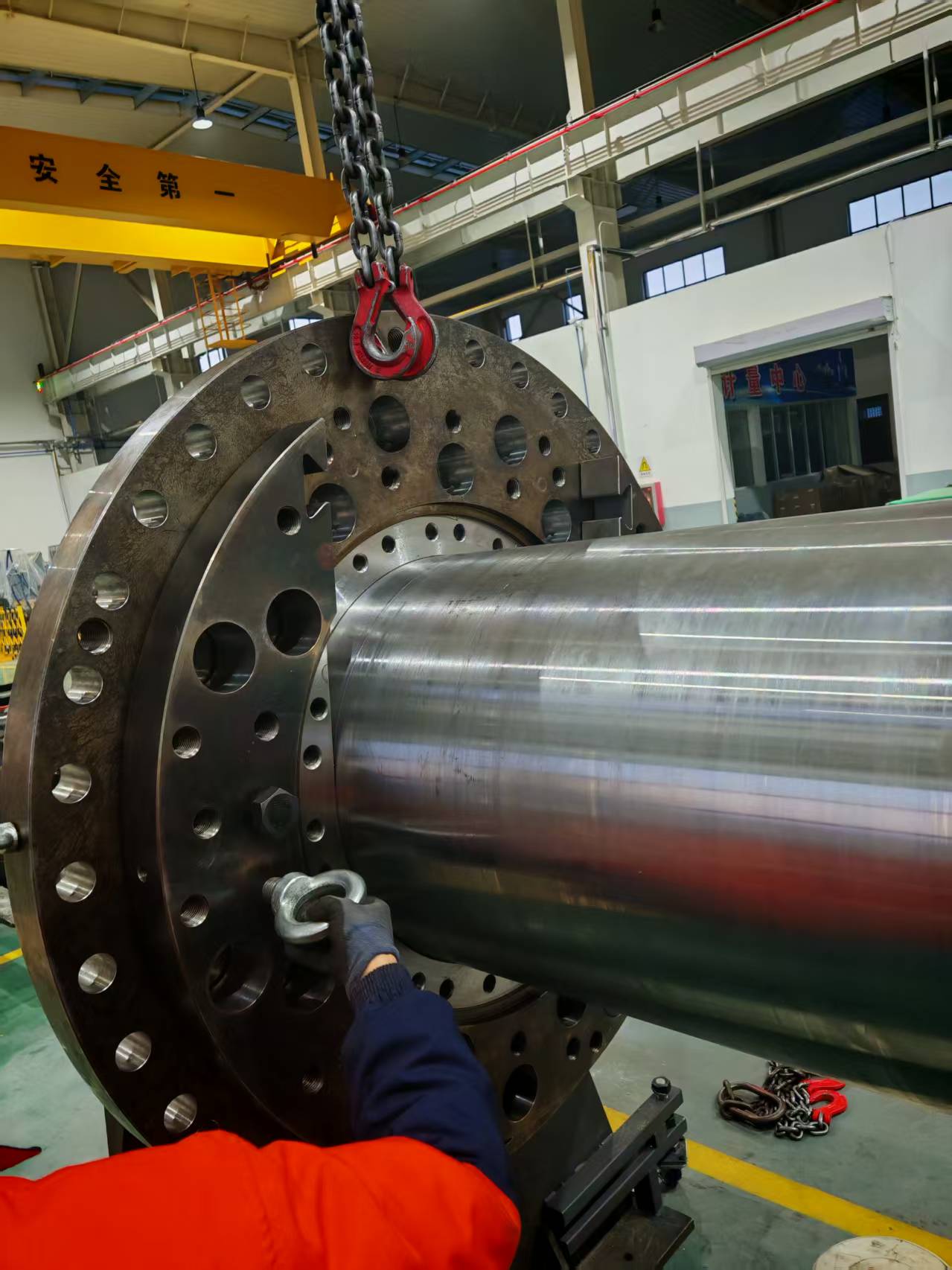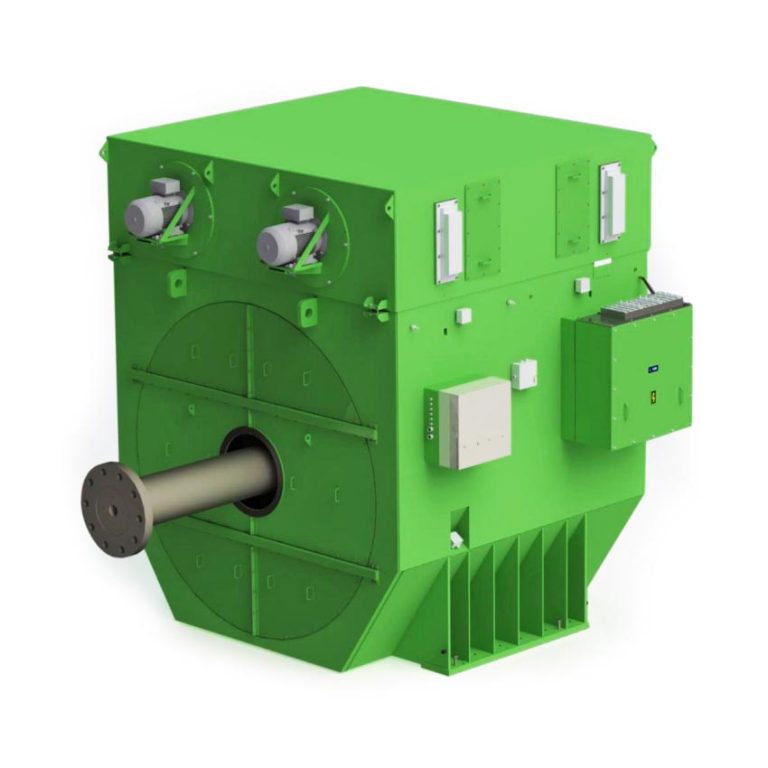Permanent Magnet Technology: A High-Efficiency Alternative for Shaft Generators
Introduction
As we recognize that large vessels typically operate at relatively low speeds of 40-100 rpm, one of the first thoughts that come to mind is that permanent magnet (PM) technology can significantly benefit these systems. This is because the efficiency gain of PM machines over traditional ones increases as the generator’s operating speed decreases. PM technology is particularly well-suited for low-speed applications.
Historically, no one had used PM technology to manufacture shaft-mounted shaft generators for a good reason. A fundamental characteristic of any permanent magnet machine is that its magnetic field is always active—it cannot be turned off, even in the case of a stator winding short circuit. Since a shaft generator is mechanically fixed to the propulsion shaft, excess fault currents will continue to flow as long as the propulsion system is in operation, posing a risk of catastrophic failure. In maritime operations, stopping the entire propulsion system due to generator failure is unacceptable.
This issue does not apply to traditional electrically excited generators. In the event of a short circuit, the external magnetization current can be easily cut off, effectively shutting down the magnetic field.
Overcoming Challenges with Permanent Magnet Shaft Generators
Due to the potential risks associated with PM technology, several classification societies and a major generator manufacturer initially opposed its use in such applications. However, based on our experience with highly specialized applications in wind power generation, we believed a workaround could be found to make PM-based shaft generator systems sufficiently safe for large vessels.
By incorporating special design features into our equipment, we were able to reassure shipowners, operators, and classification societies that this technology was not only effective but also completely safe. As a result, PM technology gained acceptance and proved to be an efficient alternative.
Efficiency and Compliance with Emission Regulations
PM technology is not only highly efficient but also compliant with emission regulations. Following the successful delivery of the first units, more customer orders soon followed as shipowners recognized the full potential of this new technology.
During the first five years of operation, our delivery volumes remained stable but moderate. However, as maritime emission regulations tightened, shipowners faced increasing pressure to significantly reduce their vessels’ CO₂ emissions. This trend continues to accelerate rapidly.

The Role of PM Technology in Reducing Greenhouse Gas Emissions
Initially, the primary motivation for choosing PM technology was economic—mainly fuel savings. However, it quickly became evident that reducing greenhouse gas (GHG) emissions would soon become a primary driver in technology selection.
The International Maritime Organization (IMO) implemented two key regulatory measures on January 1, 2023. The Carbon Intensity Indicator (CII) and the Energy Efficiency Existing Ship Index (EEXI) now compel shipowners to take drastic measures to reduce GHG emissions. Allowed emission levels will decrease annually, and ships that fail to comply with CII and EEXI requirements may be prohibited from international trade. This leaves shipowners with no choice but to reduce emissions across their fleets.

Conclusion
PM technology offers an efficient, environmentally friendly alternative to traditional excitation generators for shaft generators. Although initial concerns regarding safety and reliability were valid, design advancements have successfully mitigated these risks, making PM shaft generators a viable solution for modern shipping. With increasing regulatory pressure to cut emissions, PM technology is poised to play a crucial role in the future of marine propulsion and energy efficiency.


